QuestionQUESTION: I have recently adopted a one year old male Chi from a shelter. He is not housebroken so if I cannot watch him 24/7, I put him in a crate. He is very unfriendly and although he will let me pick him up (he will not come to me even if I offer a treat and call his name), he only wants to be in his crate and never come out. He will run into his crate rather than want to explore the home, etc. He will never come out, except to the edge of his crate to eat/drink from his bowls, but only if I have left the room. He will not do his "business" outside and has had many accidents inside when I turn away from him for a moment (even if he is let out of his crate to eat he will sometimes have an accident right by his food).
How can I get this Chi to like me and want to be with me? Also what can I do to housebreak him as I have tried taking him to the same spot, walking him first thing in the morning and at night and inbetween after he eats, up to six times a day, but he will only go inside.
Thanks for any help you can give me!
ANSWER: I will start with my general advice on housebreaking.
Much of housebreaking is not training the puppy, but making it easier for your
puppy, you, and your carpet while its body to catches up to its instincts. At
around 8 weeks when the puppy goes to its new home, the time from when it
realizes it has to go, and when it can't wait any longer is a matter of
seconds. Only time will fix that. You can hardly be expected to be attentive
enough to avoid all accidents. There is no sense punishing the puppy for your
inattention. It is not fair to punish you either, but you still have to clean
it up if you didn't have the puppy outside in time.
Housebreaking starts before you get home with the new puppy. If you don't have
a crate, buy one. I prefer the more enclosed, den like plastic ones. Skip the
bedding. At first it gets wet, and later it can be chewed into choking
hazards. A wire grid in the bottom will help keep the puppy up out of
accidents at first. They are available with the crates, but expensive and hard to find. A piece of closely spaced wire closet shelving from a home supply place is cheaper. I am now using a plastic vegetable bin with plenty of holes drilled in the bottom. It helps block off part of the crate for the smaller puppy. If you already have a metal crate, covering it may help. Just make sure you use something the puppy can't pull in and chew. Dogs that start out in crates as little puppies, accept them very well. Never leave an unattended puppy loose in the house. If nobody can watch it, put it in the crate. I suggest letting the dog have its crate all its life. A crate needs to be just big enough for a dog to stretch out in.
Choose a command and spot you want it to use. The less accessible to strays,
the less chance of serious disease. If it is a female, choosing a non grassy spot will avoid brown spots later. When you bring it home, take it to the spot and give it the command in a firm, but friendly voice. Keep repeating the command and let the puppy sniff around. If it does anything, praise it. Really let it know what a good dog it is and how much you love it, and maybe a treat. Note, being out there not only means you can praise it, but it also keeps it from being snatched by a hawk. If it doesn't go, take it inside and give it a drink and any meals scheduled. A young puppy will need to go out immediately afterward. Go to the spot and follow the above routine. Praising it if it goes is extremely important. If it doesn't go, take it back inside and put it in its crate and try again soon. Do not let it loose in the house until it does go.
At first it is your responsibility to know and take the puppy out when it
needs to go. It needs to go out the first thing in the morning, after eating,
drinking, and sleeping. If it quits playing, and starts running around
sniffing, it is looking for a place to go. Take it out quickly. You will just
have to be what I call puppy broke until it is a little older. How successful you are depends on how attentive you are.
By the time most dogs are about 3 months old, they have figured out that if
they go to the door and stand, you will let them out. The praise slowly shifts
to going to the door. Some people hang a bell there for the dog to paw. If
your dog doesn't figure this out, try praising it and putting it out if it
even gets near the door. A stern "Bad dog!" is all the punishment that is
effective, and only when you catch it in the act and are sure you didn't miss
it going to the door. Clean up accidents promptly. I mostly keep the little
puppies out of the carpeted rooms. Still I need the can of carpet foam
sometimes. First blot up all the urine you can with a dry towel. Keep moving
it and stepping on it until a fresh area stays dry. A couple big putty knives
work well on bowel movements. Just slide one under it while holding it with
the other. This gets it up with a minimum of pushing it down into the carpet.
This works with even relatively soft ones, vomit, dirt from over turned house
plants, or anything else from solids to thick liquids. Finish up with a good
shot of carpet foam. Note, do not let the puppy lick up the carpet foam.
Once the dog is reliably housebroken, your carpet may need a good steam cleaning.
Many people strongly strongly push cleaning up all evidence of past accidents. I am slower to suggest that. Dogs will return to the same spot if they can find it. When you see one sniffing the spot, that is your clue to run it out.
The above can be applied to older dogs too. Biggest difference is the longer time after eating or drinking before they are ready to relieve themselves. If a dog has been living where it could keep its living space clean, it should quickly catch on. The important part will be teaching it that if it goes to the door, you will let it out. It will be much more difficult if the dog was forced to live in its filth. You will need to learn to read the dog and learn its schedule, and when it needs to go out. Keep it in sight, closing doors and setting up gates. Some people even leash the dog to themselves. I have used a tie down at my computer desk.
If he is not fouling his crate, he should need a bowel movement in the morning. Take him out and keep walking except when he wants to stop to sniff. Give him a few minutes, but is he doesn't do anything, move on. Exercise stimulates the body. They can only hold it so long. The moment he stops and humps up his back, start to praise him. When he is done, rave over what a good dog he is.
Note, if this means getting away from your own place, you must clean up after him. don't let him realize you find it distasteful. The easiest thing is to carry a plastic bag. The slips my morning paper come in are just right. Slip it over you hand, pick up the stools, and turn it inside out. You can then tie a know in it and carry your treasure home for proper disposal.
I want to thank you for taking him. We have so many more dogs than homes. Give him a chance to adjust to you and your home. Here are some ways to help him bond to you and accept you as the leader.
Feel free to post back with other questions. I would like to help you succeed with him.
---------- FOLLOW-UP ----------
QUESTION: I have read through your post, but I still have some questions on dealing with his behavior because he will not walk on a leash and he is making inside his crate and around the area where his food is. He will not cooperatively come out of his crate for a walk or a treat or food/water and is very unfriendly and runs in the opposite direction of me. Do you have any further suggestions I could try? Thanks!
AnswerI am sorry I carelessly forgot to address some of your other concerns. I really want to help. I think it is quite obvious he has not had the best of care. Unfortunately much of my experience is in starting well bred puppy out right, not fixing older ones. Perhaps some of the bonding and leadership techniques i have been give will help.
''Elevation for small puppies: Sit on the floor and gently put your hands around your pup's middle, below his front legs, and lift him up. He is facing you. Hold him for 15 seconds. Repeat until he no longer struggles. If he is past 10-12 weeks, lift his front feet off the ground, but don't pick him up.
Cradling for small puppies: Hold your puppy gently on his back, as you would cradle a small baby. If he struggles, hold him firmly until he quiets for 10-15 seconds. With larger pups, you can do this as your sit on the floor, with your pup between your legs.
Quiet lying down: Place your pup on the floor on his side, with all 4 legs pointing away from you. Use your hands on his neck/shoulder area and middle, to hold him in this position. When he is quiet, praise him. Lengthen the time that you keep him quietly in this position. When he accepts this position well, handle his paws and muzzle, while keeping him quiet.''
The quotes mean this isn't my original work. It is copied from my Puppy Raising Manual. I have long used these or minor variations of them, and they are very effective. You may want to give him a belly rub while he is on his back too. Helps bonding. There is a big difference between him rolling over and demanding a belly rub, and you choosing a time to roll him over and rub his belly. The latter cements your place as pack leader.
The same manual suggests running in baby steps to get a recalcitrant puppy moving. I have used it on several and they always start to move as I go by calling ''Go, go, go!' in a happy, excited voice.

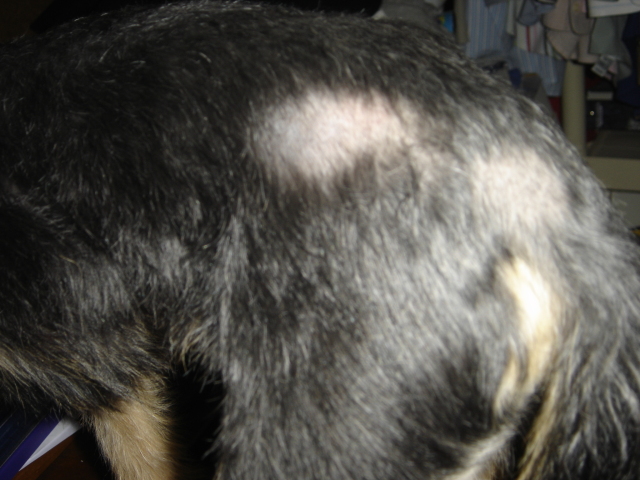 Chinese Crested Powder Puff Bald Spots
QuestionBalding Spots on Chine
QUESTION: Our Pow
Chinese Crested Powder Puff Bald Spots
QuestionBalding Spots on Chine
QUESTION: Our Pow
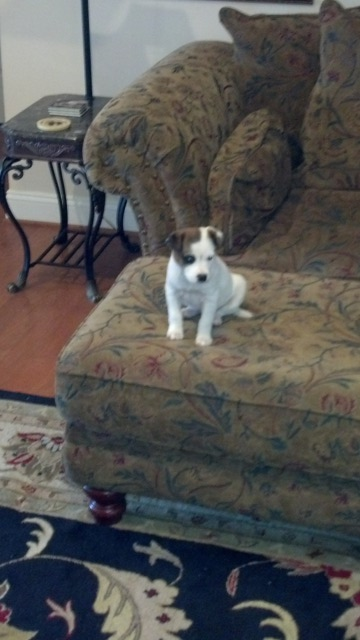 new puppy
Question
bella
I adopted a puppy from the humane
new puppy
Question
bella
I adopted a puppy from the humane
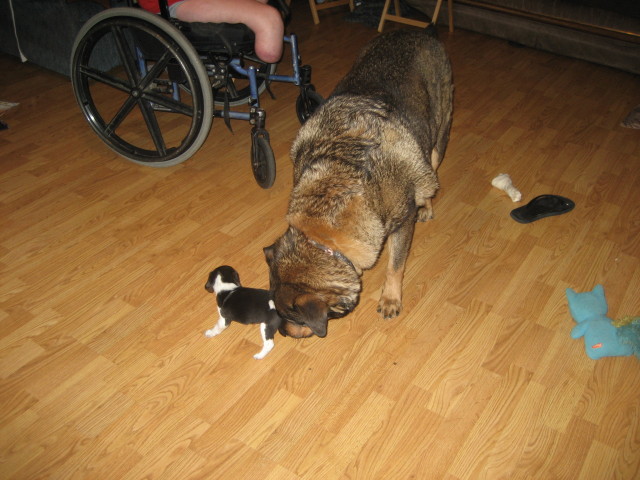 Getting a puppy and dog to get along
Question
RC and Kayleigh
Last Tuesday our dog for 14 ye
Getting a puppy and dog to get along
Question
RC and Kayleigh
Last Tuesday our dog for 14 ye
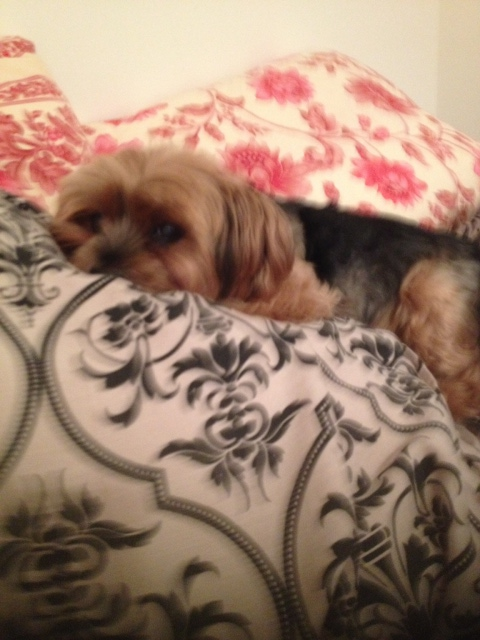 Cant afford medical care for my yorkie
Question
Mr. Bojangles BoBo
Hi, I adopted
Cant afford medical care for my yorkie
Question
Mr. Bojangles BoBo
Hi, I adopted
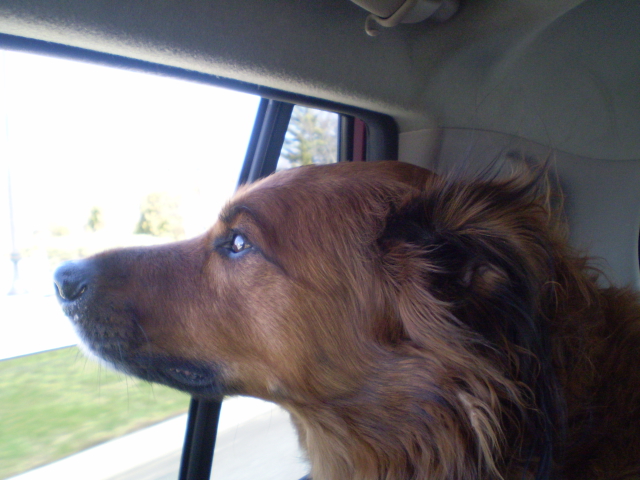 aggressive kids and dogs
QuestionI have a hyper aggressive 6 yr old who always p
aggressive kids and dogs
QuestionI have a hyper aggressive 6 yr old who always p